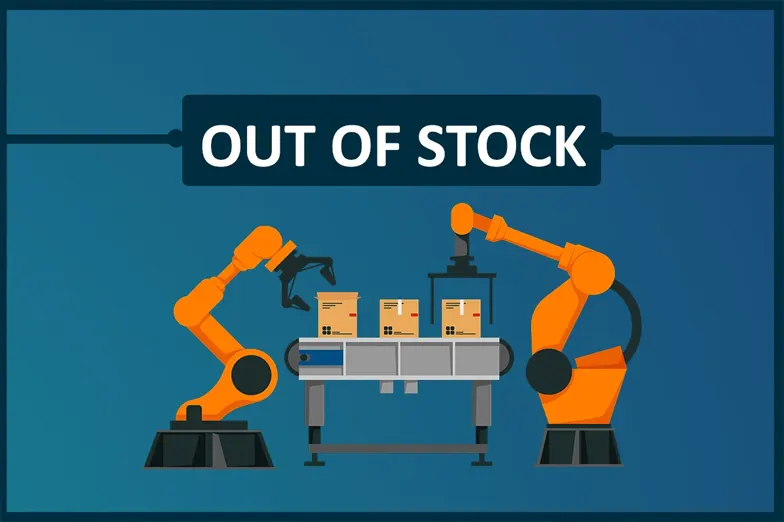
Stockouts are situations when a retailer runs out of inventory due to an increase in customer demand or a discrepancy in the supply chain that further impacts retailers’ shelves and profits as a whole. It could be the most frustrating experience for online and in-store shoppers. It is mainly defined as the unavailability of specific items or products at the point of purchase when customers are ready to place their orders.
It will boost the chances of sale closing by enhancing their lifetime value as they will be encouraged to keep returning.
Out-of-stock products should be classified into two categories; ones that aren’t available currently and, secondly, discontinued for good. It should be clearly defined as which category to the product in question. It further ensures that customers know whether to expect it to return or not. Some sites allow shoppers to save out-of-stock products in wishlists or receive a notification to let them know when the item is available later. Running a weekly stock count audit plays a critical role in effective stock management. Choosing the strategy that drives more engagement with the users can do wonders for retailers.
It is retailer's duty of the retailers to use the product page to offer alternatives to the users based on their preferences and customer behaviors. It can be done when retailers know the categories in which customers are interested, segmented, and show relevant products in a great way. It helps in recommending alternative product groups led when the product is unavailable. These groups can help retailers avoid losing out on a sale and keep the users interested in the brand. It helps further redirect the users from the product page back to the home page.
In the case of out-of-stock products, the eCommerce platform can seize the opportunity to add the customer to your email list. They should make provisions to redirect the product pages or offer alternatives for sending a notification for users’ email addresses. It further helps in expanding the subscriber base and encourages future purchases by using their inbox as a promotional tool.
Another way to deal with out-of-stock items is to push the product listing to the bottom of the searches or page. It helps limit visibility to fewer clicks on the listing, resulting in fewer disappointed customers. Following the trend, “out of sight, out in mind” approach, automatically making the track of inventory of the changes can be tricky. Businesses that use multiple tracking and management software allow retailers to forecast product shortages.
Marking the unavailability of products on the category search pages can further avoid disappointing customers. It will ensure that people do not click through to the unavailable product page. Marking will open customers to another possibility to a product page with a higher conversion rate instead of a dead-end page.
They can offer pre-orders for products that aren’t currently unavailable but can be made available shortly. It can be resolved by providing a longer shipping time or pre-order option to secure the sale immediately. Customers appreciate the retailer's truthfulness and willingness to serve; hence by doing so, customers might wait for their preferred products for a bit longer than usual for their preferred products.
It is true that out-of-scale products are disappointing and could worsen the retailer-customer relationships. It’s always preferable to provide proactive customer service rather than making customers wait for a missing order. Following or planning advanced strategies will help repurpose out-of-stock product pages to drive conversion and engagement.

Pavankumar Baboori is an experienced Sr. Content Analyst who improves the workflow by identifying and resolving the content development gap. He works closely with the marketing team to deploy strategies for improving brand awareness, website traffic, search engine ranking, and lead generation activities. He gauges up marketing channels for the real digital transformations.
Leave a Comment